From the majestic lion of MGM’s iconic logo to the computer-generated creatures of modern blockbusters, animals have played pivotal roles in cinema since its inception. Whether portraying loyal companions, fearsome predators, or anthropomorphized characters with human-like qualities, animal performers have captivated audiences worldwide. But behind the scenes lies a complex world where reality and illusion intersect, raising questions about ethics, technology, and artistic representation. This article explores the fascinating history of animals in film, separating fact from fiction while revealing the innovative filmmaking techniques that bring these animal stars to life on screen. Join us as we dive into the surprising truths behind some of cinema’s most memorable animal performances and discover how filmmakers have evolved from working with live animals to creating astonishing digital replicas.
The Early Days: Real Animals Take Center Stage
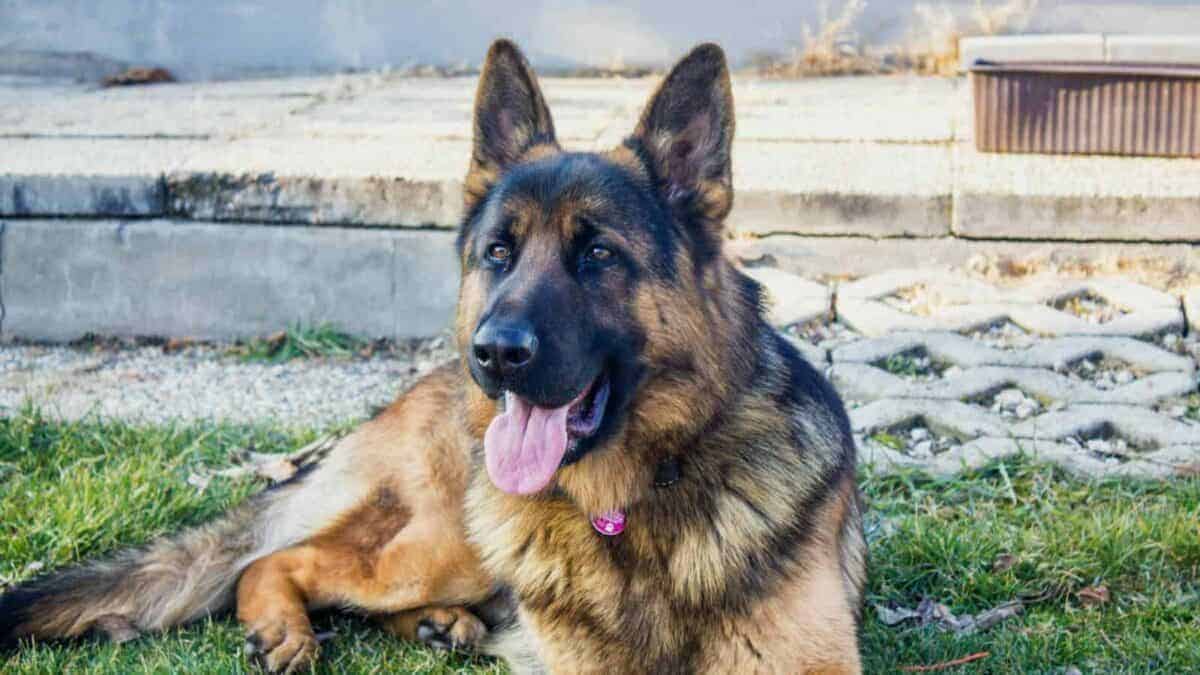
In cinema’s formative years, filmmakers relied almost exclusively on live animals for their productions. One of the earliest animal stars was Blair, a border collie who appeared in the 1905 British film “Rescued by Rover.” This pioneering canine actor helped establish animals as viable screen performers and paved the way for future four-legged stars. During this era, there were virtually no regulations regarding animal treatment on set, resulting in concerning practices by today’s standards.
The silent film era saw the rise of several prominent animal performers, including Rin Tin Tin, a German Shepherd rescued from a World War I battlefield who went on to star in 27 Hollywood films. These early animal actors were genuine performers who executed real behaviors on camera, though often under questionable conditions. Training methods frequently involved fear-based tactics and physical discipline, while dangerous stunts were commonplace. The public remained largely unaware of these behind-the-scenes realities, instead marveling at the seemingly natural performances of their animal favorites.
The Rise of Animal Protection in Hollywood

The turning point for animal welfare in film came after the controversial production of “Jesse James” (1939), where a horse was deliberately sent plunging off a cliff to its death for a dramatic scene. Public outrage over this incident led to the involvement of the American Humane Association (AHA) in monitoring film productions. By 1980, after continued advocacy, the AHA secured an agreement with the Screen Actors Guild that instituted the now-familiar “No Animals Were Harmed” certification program that appears in film credits today.
This watershed moment transformed how animals were used in productions, introducing mandatory oversight, safety protocols, and humane treatment standards. Professional animal trainers developed positive reinforcement techniques to replace earlier coercive methods. Animals began receiving better on-set accommodations, limited working hours, and proper veterinary care. While the system isn’t perfect—as evidenced by occasional scandals and whistleblower reports—the industry has made substantial progress in protecting animal performers compared to its early unregulated days.
Training Techniques: How Animals Learn Their “Lines”
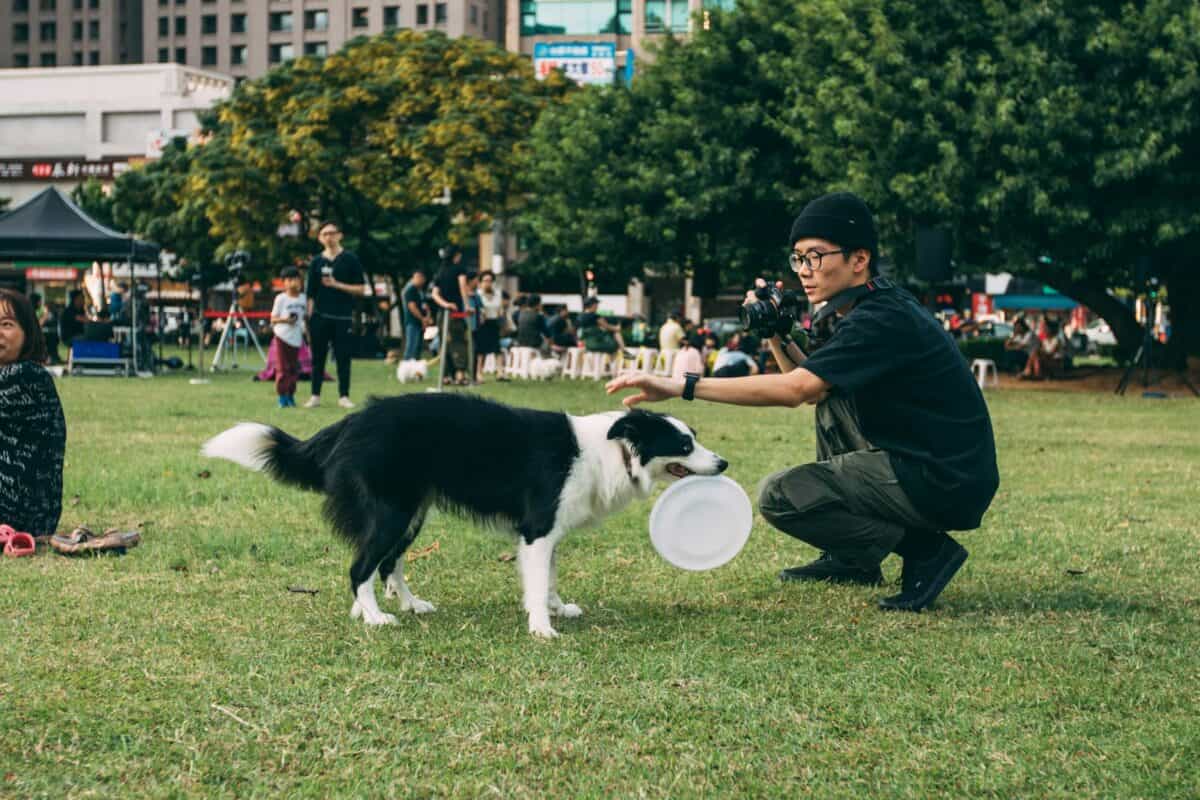
Professional animal trainers employ sophisticated techniques to prepare animals for their on-screen roles. Contrary to popular belief, animals don’t actually understand the narrative context of their performances. Instead, they respond to specific cues and commands that have been reinforced through consistent training. Most modern animal training relies on positive reinforcement—rewarding desired behaviors with treats, toys, or affection—rather than punishment. This approach creates a positive association with performing and strengthens the bond between trainer and animal.
Trainers often break down complex behaviors into smaller components that are taught individually before being chained together. For example, a dog “answering” a telephone might learn to first approach the phone, then pick up the receiver, and finally hold it to their ear. Each step is rewarded until the entire sequence becomes fluid. For challenging scenes, filmmakers may use editing to piece together multiple takes, creating the illusion of a continuous performance. The most successful animal actors are typically those with calm temperaments who can maintain focus in chaotic filming environments and respond reliably to cues even with numerous distractions present.
Famous Animal Stars: The True Stories Behind Beloved Characters
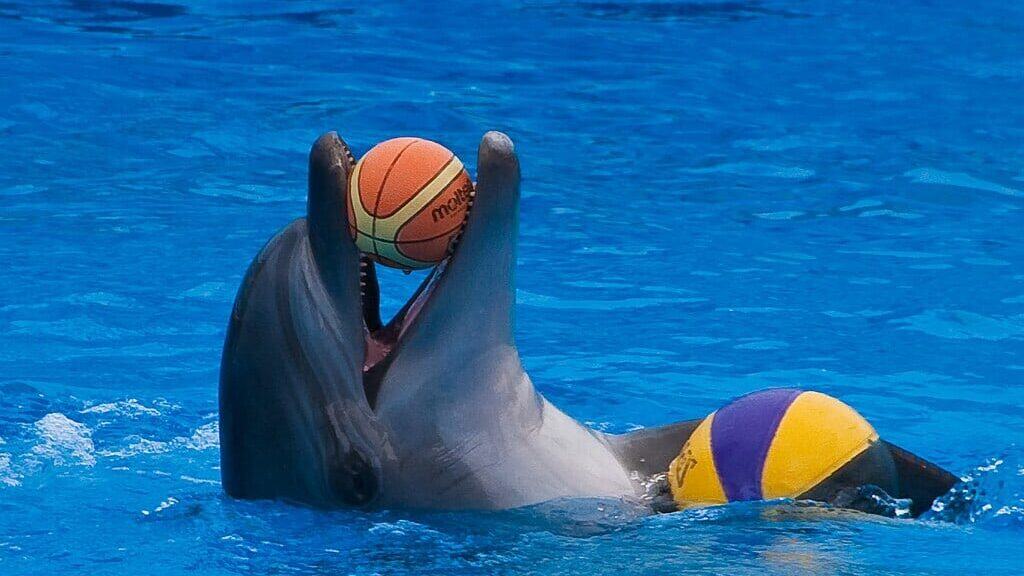
Many iconic animal characters have captured audience hearts, but their real stories often differ significantly from their on-screen personas. Lassie, perhaps cinema’s most famous canine, has been portrayed by multiple collies since the character’s debut in 1943. The original Lassie was played by a male dog named Pal, despite the character being female—male collies were preferred for their more impressive coats and larger size. Similarly, the dolphin star of “Flipper” wasn’t a single animal but several Atlantic bottlenose dolphins, primarily one named Mitzi.
In more recent cinema history, Uggie the Jack Russell terrier won critical acclaim for his performance in 2011’s “The Artist,” even receiving a special Palm Dog Award at Cannes. Uggie performed many of his own stunts and tricks after being rescued from a dog pound early in life. Keiko the orca, who starred in “Free Willy” (1993), had a particularly poignant real-life story—the film’s message about returning captive marine mammals to the wild inspired a multimillion-dollar effort to rehabilitate and release Keiko himself, though his reintroduction to the wild achieved only partial success before his death in 2003.
Movie Magic: Camera Tricks and Editing
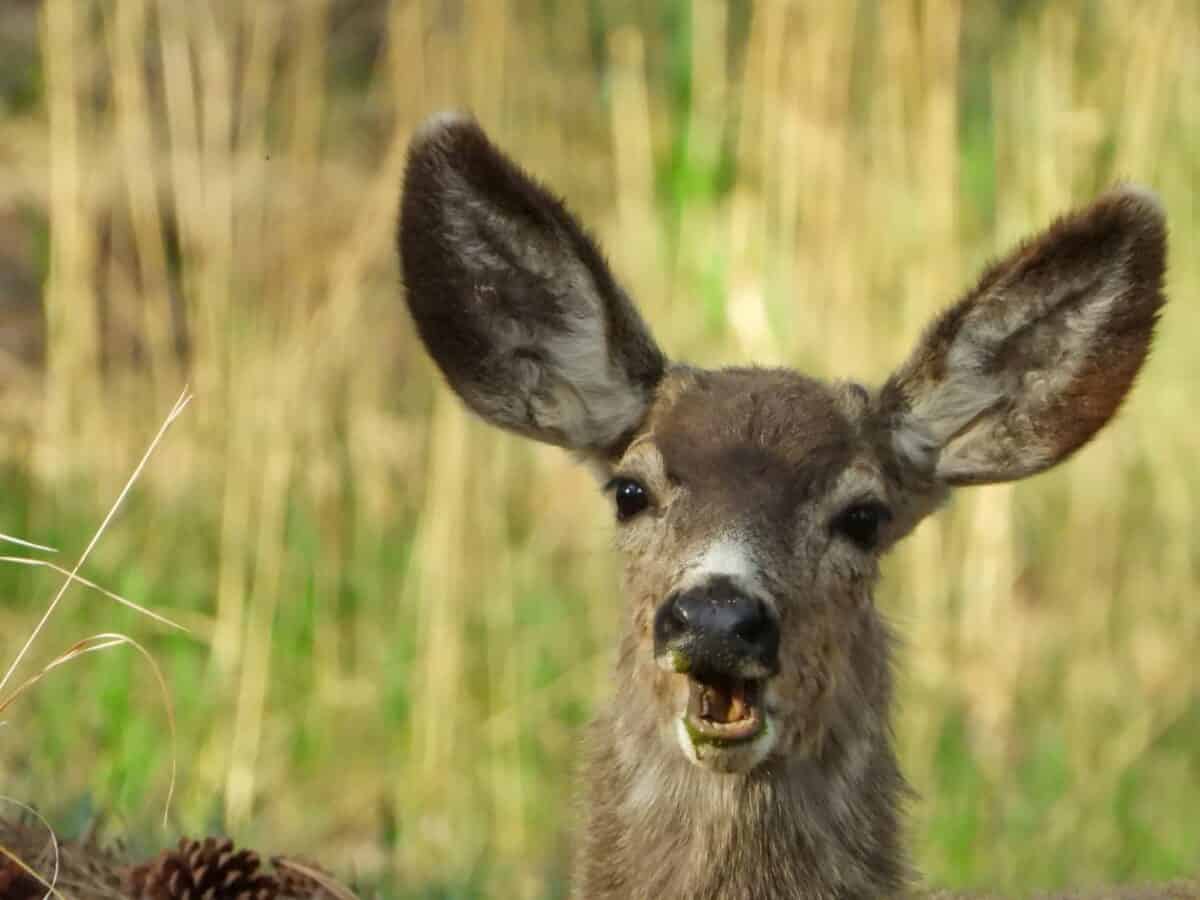
Filmmakers have long relied on clever camera techniques and editing to enhance animal performances. Careful shot composition, strategic cutting between takes, and variable film speeds can transform limited animal behaviors into seemingly complex performances. For instance, reaction shots of animals looking surprised or concerned are typically achieved by having trainers make unusual sounds off-camera to capture momentary attention. These shots are then edited into sequences to create the impression that the animal is responding to the dramatic situation.
Split-screen techniques allow filmmakers to combine shots of animals and actors filmed separately, creating the illusion they’re interacting when they were never actually together. This approach is particularly useful for scenes involving potentially dangerous animals. Specialized camera lenses can make small animals appear more imposing or create the impression of proximity between animals and humans who were actually at safe distances. Perhaps the most common trick is simply shooting enormous amounts of footage—patient filmmakers might record hours of animal behavior to capture the few perfect moments needed for a scene, making seemingly impossible performances possible through sheer persistence.
Practical Effects: Animatronics and Puppetry

Before the digital revolution, filmmakers relied heavily on physical effects to portray animals in situations too dangerous, complex, or specific for live animal performers. Stan Winston Studio’s full-size animatronic dinosaurs for “Jurassic Park” (1993) represented the pinnacle of this art form, combining robotics with detailed puppetry to create convincing prehistoric creatures. These sophisticated creations used hydraulic systems, cable controls, and radio-operated mechanisms to achieve lifelike movements. Similarly, the 1986 film “The Fly” utilized elaborate puppetry for its human-insect hybrid creature, demonstrating how practical effects could create beings impossible to achieve with real animals.
Jim Henson’s Creature Shop pioneered techniques blending puppetry with technological innovation for films like “Babe” (1995), where animatronic animal faces were combined with real animal bodies through careful editing. Carlo Rambaldi’s work on “E.T.” (1982) demonstrated how puppetry could create emotional connection with an entirely fabricated creature. While digital effects have largely supplanted these techniques in contemporary filmmaking, practical effects created a tactile realism that many cinephiles still appreciate. Recent films like “Where the Wild Things Are” (2009) have deliberately returned to suit performers and puppetry to maintain a physical presence that connects with both actors and audiences.
The CGI Revolution: Digital Animals in Modern Cinema
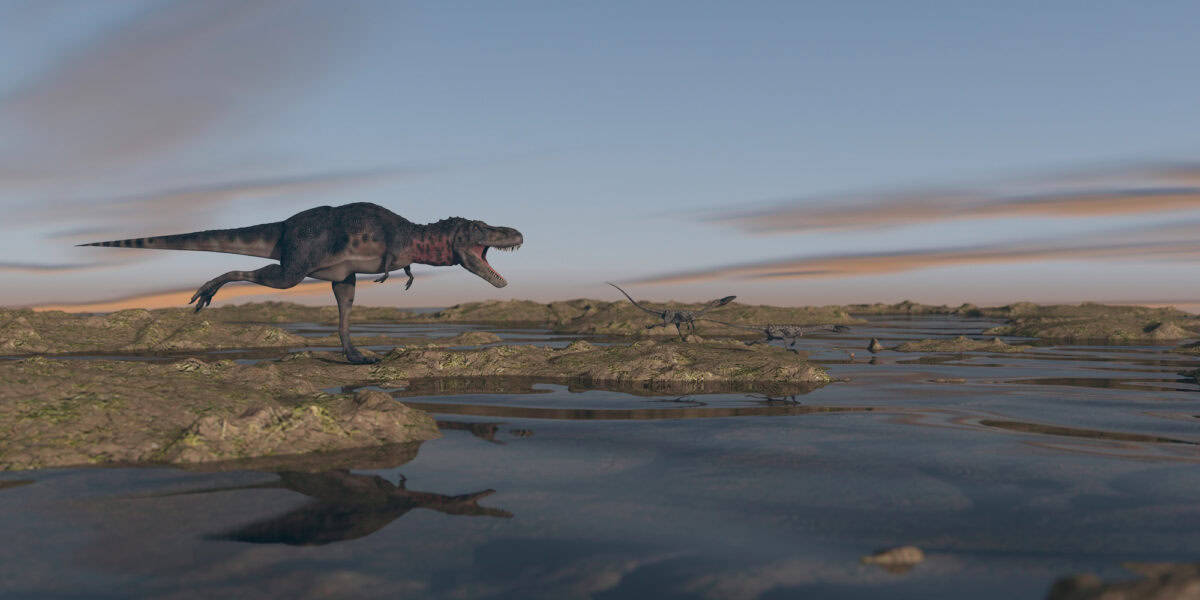
Computer-generated imagery has fundamentally transformed how animals appear in film, beginning with simple digital creations in the 1990s and evolving into the photorealistic animals seen in contemporary cinema. The watershed moment came with “Jurassic Park” (1993), which combined practical effects with groundbreaking CGI dinosaurs. By the early 2000s, films like “The Lord of the Rings” trilogy were featuring fully digital characters like Gollum, paving the way for increasingly sophisticated animal renderings. “Life of Pi” (2012) marked another milestone with its digital Bengal tiger, Richard Parker, who appeared alongside the human protagonist in most scenes.
Today’s digital animals are created through a complex process involving reference photography of real animals, detailed skeletal and muscular modeling, and sophisticated fur or skin simulations. Animation teams study real animal movement patterns extensively, sometimes using motion capture data from similar species as reference points. Films like “The Jungle Book” (2016) and “The Lion King” (2019) demonstrate how far the technology has progressed, featuring entirely digital animals in photorealistic environments. While these advancements have reduced reliance on animal performers for many productions, they require enormous technical expertise and computing power, often involving hundreds of artists and technicians working for months or years to create convincing digital fauna.
Ethical Considerations: Animal Welfare Debates
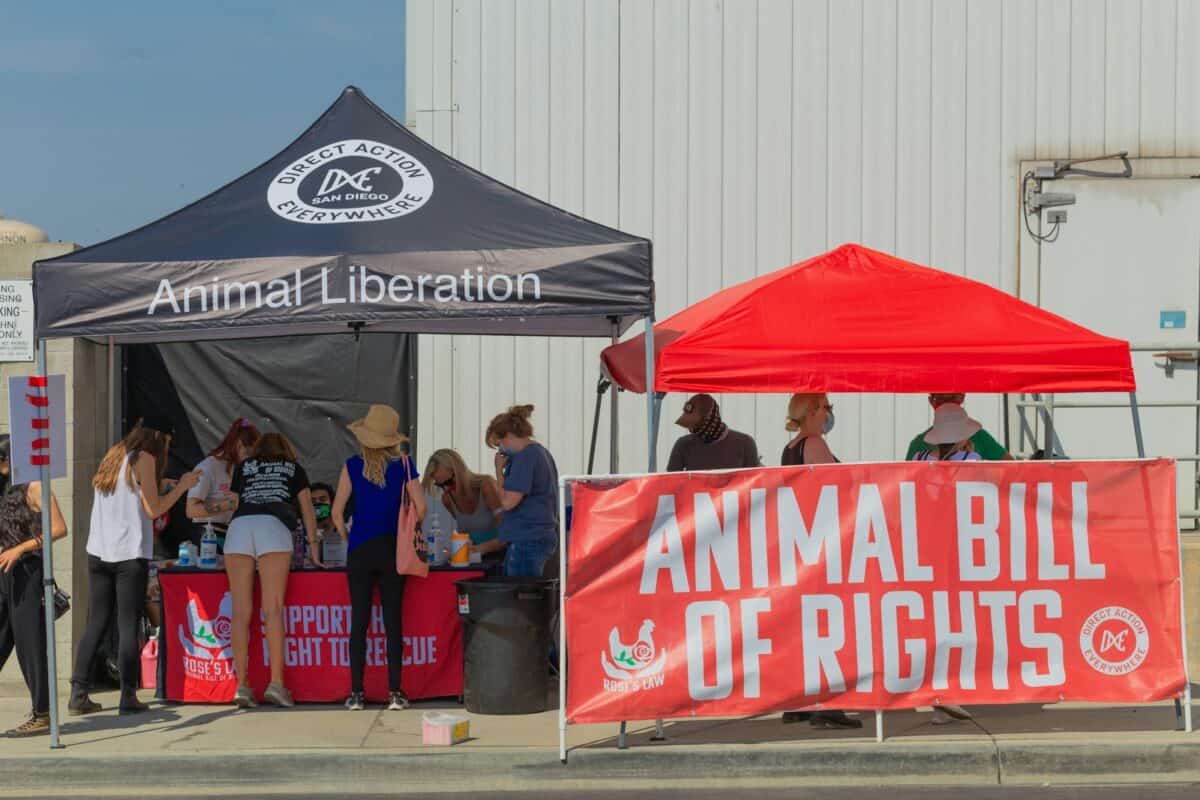
The use of animals in film production continues to raise significant ethical questions despite improved regulations. Organizations like People for the Ethical Treatment of Animals (PETA) argue that even with oversight, film sets remain stressful environments for animals, who cannot meaningfully consent to their participation. They advocate for replacing animal actors with CGI alternatives whenever possible. This position gained particular momentum after investigations revealed alleged mistreatment on sets despite AHA monitoring, most notably following leaked footage from “A Dog’s Purpose” (2017) that appeared to show a distressed dog being forced into turbulent water.
Proponents of responsible animal use counter that many animals thrive on the mental stimulation of training and performing, and that professional animal actors receive excellent care exceeding what many pets experience. They also note that animal acting creates incentives for conservation of certain species and raises awareness about animals through positive media representation. The debate has led to evolving practices within the industry, with many productions now employing animal welfare consultants independent of the AHA and implementing additional safeguards. Some filmmakers have adopted hybrid approaches, using real animals for basic scenes and switching to digital doubles for more complex or potentially stressful sequences.
Authenticity vs. Entertainment: When Films Misrepresent Animal Behavior

Cinema has long taken creative liberties with animal behavior, often sacrificing biological accuracy for narrative impact. Films frequently anthropomorphize animals, attributing human emotions, motivations, and cognitive abilities that misrepresent their actual capabilities. Predators are often portrayed as vindictive or evil, while prey species are depicted as universally gentle and innocent—neither characterization reflecting the amoral reality of natural predator-prey relationships. Sounds are regularly misattributed; for instance, the iconic screech associated with bald eagles in film is actually the call of a red-tailed hawk, as real eagle vocalizations lack the same dramatic quality.
These misrepresentations can have real-world consequences. Films like “Jaws” (1975) dramatically impacted public perception of sharks, contributing to fear and decreased support for conservation efforts. Similarly, “Finding Nemo” (2003) led to increased demand for clownfish as pets, despite the film’s conservation message. Wildlife experts express concern that inaccurate portrayals diminish public understanding of animal behavior and ecology. However, some filmmakers have begun prioritizing greater accuracy, consulting with zoologists and biologists during production. Documentaries like “March of the Penguins” (2005) and series like “Planet Earth” demonstrate that scientifically accurate animal portrayals can still achieve commercial success, suggesting audiences may increasingly value authenticity alongside entertainment.
Behind Famous Animal Scenes: Surprising Production Secrets

Many memorable animal moments in film history relied on creative solutions invisible to viewers. In “The Birds” (1963), Alfred Hitchcock’s team used a combination of mechanical birds, trained live birds, and animation to create the film’s menacing avian attacks. For scenes where birds pecked at humans, actors interacted with mechanical beaks attached to their clothing while bird sounds were added in post-production. In “Homeward Bound” (1993), the seemingly continuous journey of two dogs and a cat actually used over 40 different animal performers to portray the three main characters across various scenes and stunts.
More recently, the heart-wrenching performance of the dog in “I Am Legend” (2007) combined three different German Shepherds—each specializing in different behaviors—with occasional CGI enhancement. The magnificent horse stunts in “The Revenant” (2015) utilized a combination of trained horses, an animatronic horse body, and digital effects for the dangerous cliff fall. Perhaps most surprisingly, the cockroaches in “Men in Black” (1997) were actual Madagascan hissing cockroaches guided across set by wires attached with wax to their backs and enticed to move by placing food in strategic locations—demonstrating that even with advanced technology, sometimes the simplest solutions are most effective.
The Future of Animals in Film: Technology and Trends

The trajectory of animal representation in cinema points toward continued technological innovation, with several emerging trends shaping the future. Advanced machine learning algorithms are improving the realism of digital animals by analyzing thousands of hours of real animal footage to generate increasingly accurate movement patterns and behaviors. Some productions now create complete digital doubles of their animal performers, allowing them to use the real animal for simple scenes while substituting the digital version for complex or potentially stressful sequences—a hybrid approach that maximizes welfare while maintaining authenticity.
Virtual production techniques pioneered on shows like “The Mandalorian” are transforming how digital animals are integrated into live-action filming. These approaches use massive LED screens displaying pre-rendered environments and creatures, allowing actors to interact with virtual animals in real-time rather than against green screens. This technology provides immediate visual feedback that improves actor performances and creates more convincing interaction between humans and digital fauna. Simultaneously, growing ethical concerns are pushing filmmakers toward greater transparency about their animal use practices, with some productions now including detailed information about animal welfare provisions in their promotional materials and end credits, reflecting heightened audience interest in the ethical dimensions of entertainment.
Conclusion: The Evolving Relationship Between Animals and Cinema
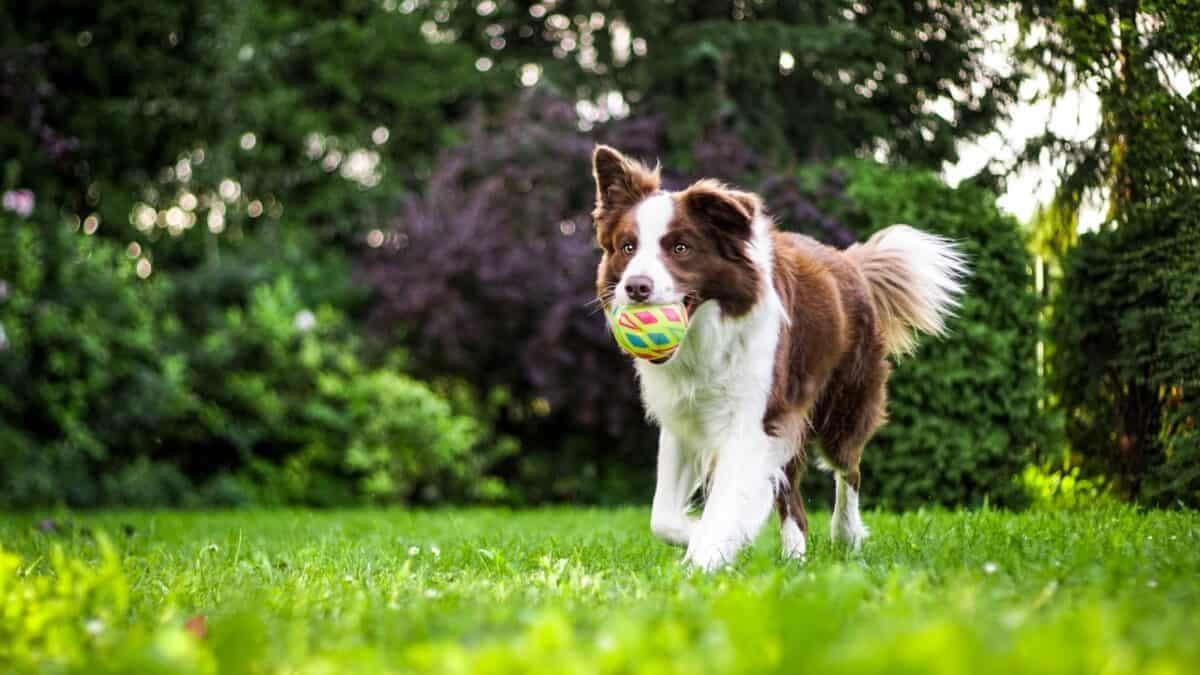
The story of animals in film mirrors broader societal shifts in how we perceive and interact with the animal kingdom. From the unregulated use of animals in early cinema to today’s sophisticated blend of real and digital creatures, filmmakers have continuously adapted their approaches to balance authenticity, entertainment value, and ethical considerations. This evolution reflects our deepening understanding of animal cognition, welfare needs, and the moral questions surrounding animal use for human entertainment. As technology continues to advance, the line between real and digital animals will likely blur further, potentially reducing the need for animal performers in many situations.
Yet despite these technological marvels, there remains something uniquely compelling about genuine animal performances that connects with audiences on a primal level. The authenticity of a real animal’s gaze or movement can create emotional resonance difficult to replicate digitally, suggesting that carefully managed animal performances may continue alongside digital creations. What seems certain is that audience expectations regarding animal welfare will continue to rise, pushing the industry toward ever-more-rigorous standards and greater transparency. The magic of animals in film endures not just in what appears on screen, but in our enduring fascination with these creatures who share our world yet experience it so differently from ourselves.
- Animals in Film: Fact, Fiction, and Filmmaking Tricks - August 12, 2025
- The Most Snake-Infested State Parks in Mississippi - August 12, 2025
- Why Some Scientists Say the Sun, Not Carbondioxide, Drives Climate Change - August 12, 2025

